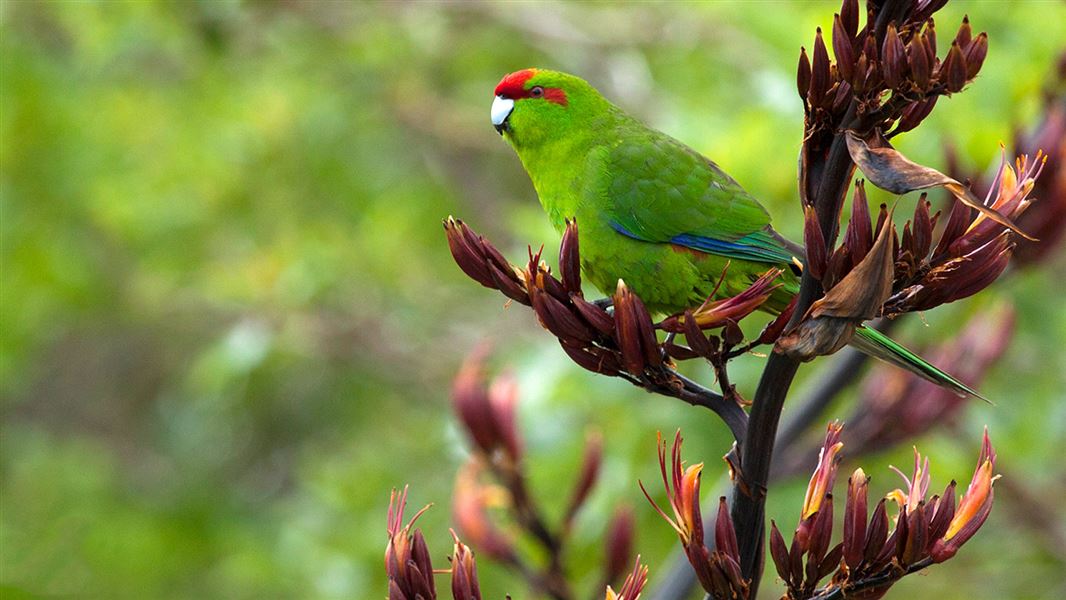Psittacine beak and feather disease (or PBFD) is also known as osittacine circovirus or beak and feather disease virus (BFDV).
PBFD is highly contagious to parrot species, spreading through direct contact with infected birds, feather dust, dander and faeces. The virus can also be transmitted via contact with contaminated sources such as nesting materials and roosting holes.
The virus survives for a long time in the environment, especially in shared spaces like roosting and nesting holes, making it easy to spread from bird to bird.
How it affects birds
The virus attacks the cells responsible for growing a bird’s feathers and beak, causing feather discolouring, loss of feathers, and abnormal beak growth in some parrots. The disease also has a general suppressive effect on the immune system of the bird, clearing the path for secondary viral and bacterial infections, which can lead to death.
Younger birds appear to be more susceptible to infection, especially small chicks in the nest. Many will die when infected. Others will lose feathers and may be unable to fly, making them vulnerable to predators like cats and stoats. Adult birds can develop feather loss, beak deformities, and their immune system may fail. Some adult birds may fight off infection, but could remain carriers of the virus and therefore can be a risk to healthy birds.
Psittacine beak and feather disease in New Zealand
The virus is commonly found in aviary-kept parrot species all over New Zealand. In the wild, the virus is known to be widespread in the North Island amongst exotic parrots, such as sulphur-crested cockatoos and eastern rosellas. The presence of the disease in the South Island is unknown.
PBFD has been confirmed in native wild populations of red-crowned parakeets/kākāriki on Hauturu-o-Toi/Little Barrier Island, Tiritiri Matangi Island; and in yellow-crowned parakeets/kākāriki in Fiordland.
DOC has introduced a national ban on moving parrots from areas with known PBFD exposure to areas of unknown or negative PBFD status. Testing on kākā, kea and kākāpō in many locations has not detected any infections.
You can help
Never release captive-held parrots into the wild unless you have a DOC permit to do so. The permit ensures the birds have been tested for the virus. This prevents unwanted spread of the virus into wild populations.
Consider getting your aviary birds tested for the virus. Talk to your local vet about how to do this. Always quarantine new birds and get them tested before they join your flock.
Report sick or dead wild native parrots to your local DOC office. We can get them diagnosed by a vet. This will help us understand what effect the virus has on our native birds.
Download a factsheet: Psittacine beak and feather disease: a threat to our native parrots (PDF, 824K) (opens in new window)
